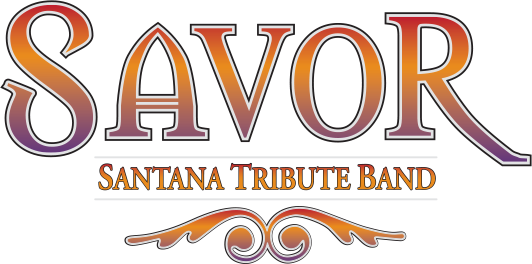My Writing Process, Part 1
Due to the widespread popularity of Amadeus, the movie based on Mozart’s life, it’s well known that Mozart was a prolific composer — the music pouring out of him as if by magic.

In more modern times, The Beatles, Paul Simon, Elton John, Prince, and others, seem to be able to create songs at a breakneck pace. Not so with me. (And, from what I’ve learned, with many other songwriters as well.) In fact, I feel that I am not so much a song writer as a song crafter. I often work for days, weeks or months developing a song, before I’m satisfied.
Over the years my writing methods have changed, but one of the most drastic changes occurred about 10 years ago. I was watching a well-known songwriter speak, and he said that he would start by writing melodies with no instrumental accompaniment at all. Huh? But as he explained, I began to understand: it is the melody that most people connect with, that most listeners remember, that audiences identify and sing along to.
The Songwriting Rut
After that, I began to see the patterns that I — and, as far as I can tell, many songwriters — fall back on. It goes like this: using a harmonic instrument (usually guitar or keyboard), write a chord progression. And, what’s more, make that chord progression consist of four chords, lasting one measure each. For example: Chord 1 | Chord 2 | Chord 3 | Chord 4 | repeat.
(If you start analyzing songs you hear, especially songs by amateur, independent or “unsigned bands,” you’ll begin to see that this is an amazingly common formula.)
Next, fit a melody to the chords. That’s a trap, because while it’s pretty easy to make a melody work with a chord progression, it’s much more difficult to write a melody that stands on its own. However, that lack of melodic power is often disguised by its interaction with the chord progression.
Breaking the Pattern

How do I avoid that songwriting quagmire? I have several methods, and I’m sure many songwriters have their own tricks. First, as I mentioned, whether I’m writing an instrumental song where the guitar plays the melody, or writing a vocal song, I create the melody on its own. If it doesn’t work on its own, I keep re-writing it until it does.
Another technique I use is to write songs in unusual keys. (This drives our keyboard player crazy, such as when I present a song written in Eb minor — a very difficult key to play in!) But there’s method to my madness: instrumentalists tend to go to familiar places when playing in common keys; without those crutches, we’re more likely to create something new.

